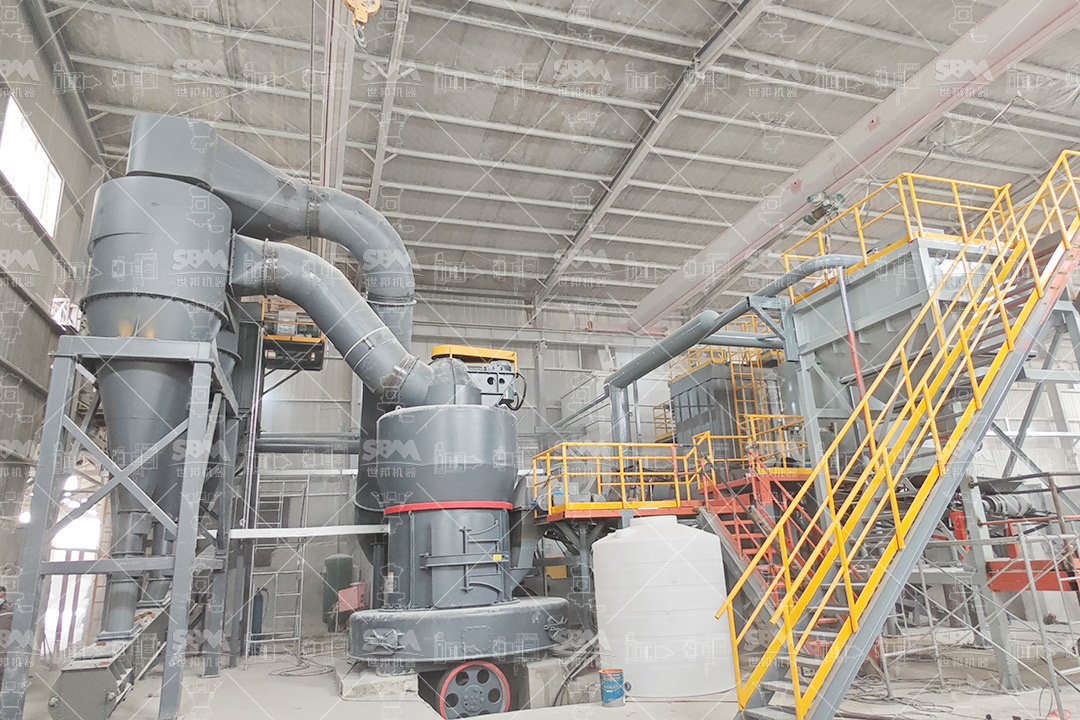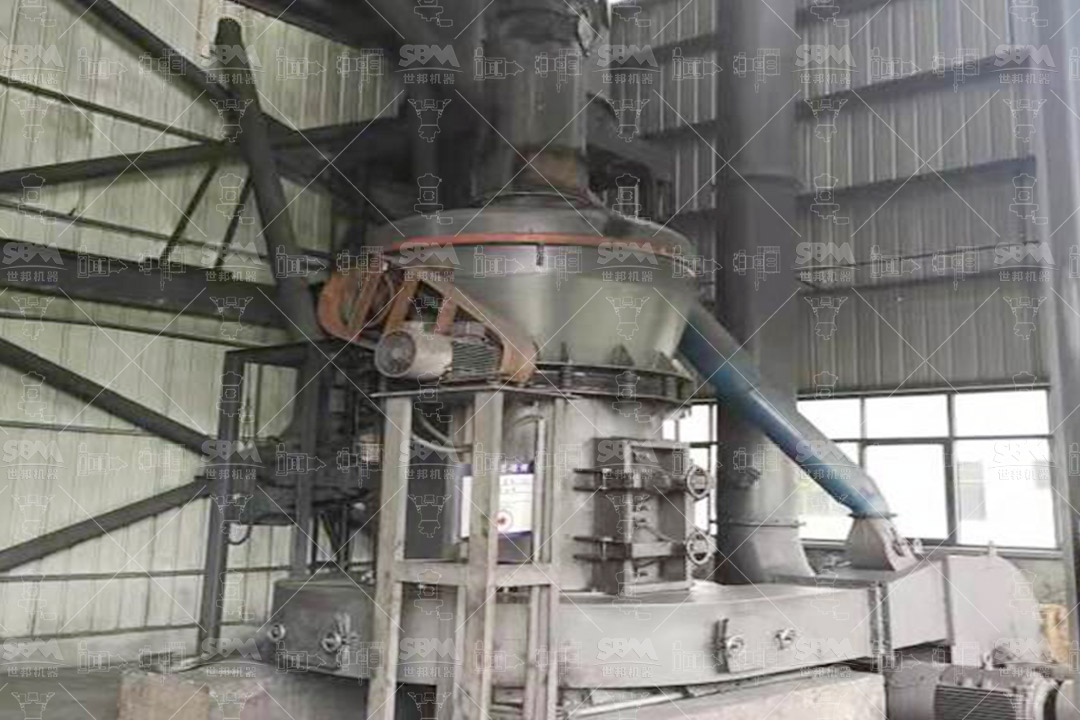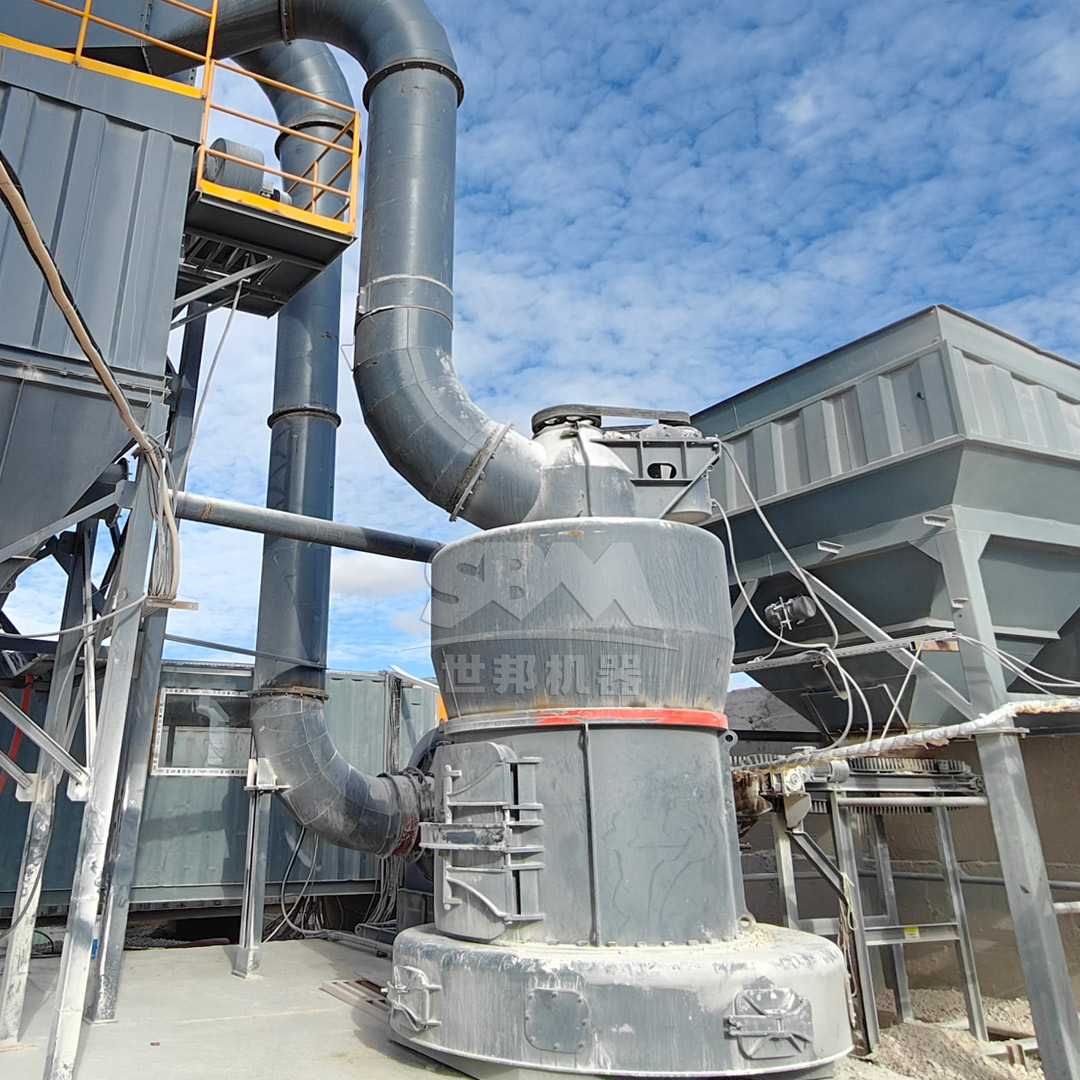The architectural coatings industry is continuously evolving, demanding materials that offer both aesthetic appeal and functional performance. Marble powder, a finely ground form of natural marble, has emerged as a premier functional filler. Its incorporation into paint and coating formulations significantly enhances key properties such as opacity, durability, weatherability, and scrub resistance. The whiteness and brightness of high-quality marble powder contribute to excellent coverage and color consistency, while its chemical inertness ensures long-term stability without yellowing or degradation. However, the performance of marble powder is intrinsically linked to its particle size distribution (PSD) and purity. Achieving the optimal fineness, typically in the range of 600 to 2500 mesh (approximately 5-45μm), is paramount. This is where the selection of an advanced grinding mill becomes the most critical factor in the production chain, directly influencing the final quality, efficiency, and cost-effectiveness of the coating product.

Not all marble powder is suitable for high-end architectural coatings. Producers must meet stringent specifications:
Several milling technologies are employed in the production of mineral fillers. Each offers distinct advantages and limitations for processing marble.
Traditional ball mills are versatile but often lack the precision for ultra-fine grinding required by modern coatings. They can lead to wider particle distributions and higher energy consumption per ton of finished product. They are more suitable for coarser grinding applications.
These pendulum roller mills are excellent for mid-range fineness (30-325 mesh). They offer robust construction and good efficiency for general-purpose powder production. However, pushing them into the superfine range (<10μm) can be challenging and inefficient, often resulting in increased wear and energy costs.
Vertical roller mills are highly efficient for large-scale production of mineral powders. They integrate grinding, drying, and classifying into a single unit, offering significant advantages in footprint and energy efficiency. Their principle involves bed compression, where material is ground between a rotating table and rollers. This technology is perfectly suited for achieving the mid-to-fine fineness spectrum needed for many industrial fillers.

For the highest tier of architectural coatings, where ultrafine powders (D97 ≤ 5μm) are mandatory, ultrafine grinding mills represent the pinnacle of technology. These mills combine high-intensity mechanical grinding with integrated, high-precision air classification. This allows for unparalleled control over the top particle size, ensuring a consistently fine and narrow distribution that is impossible to achieve with other technologies. The result is a marble powder that maximizes opacity and smoothness in the final coating film.
For coating manufacturers aiming to produce premium-grade products with superior performance characteristics, we highly recommend our SCM Series Ultrafine Mill. This mill is engineered specifically for producing ultrafine powders with high precision and efficiency, making it the ideal choice for processing marble for architectural coatings.
| Model | Processing Capacity (ton/h) | Main Motor Power (kW) | Input Size (mm) | Output Fineness (mesh) |
|---|---|---|---|---|
| SCM800 | 0.5-4.5 | 75 | ≤20 | 325-2500 |
| SCM900 | 0.8-6.5 | 90 | ≤20 | 325-2500 |
| SCM1000 | 1.0-8.5 | 132 | ≤20 | 325-2500 |
| SCM1250 | 2.5-14 | 185 | ≤20 | 325-2500 |
| SCM1680 | 5.0-25 | 315 | ≤20 | 325-2500 |
For projects where the primary requirement is high-volume production of fine marble powder (30-325 mesh) for standard architectural coatings, our MTW Series Trapezium Mill presents an excellent and cost-effective solution. It is renowned for its reliability, large capacity, and economical operation.
Investing in the right grinding technology is an investment in the final product. By utilizing advanced mills like the SCM or MTW series, marble powder producers can consistently deliver a filler that provides tangible benefits to coating manufacturers:

The pursuit of excellence in architectural coatings begins with the quality of raw materials. Marble powder, when processed to exacting standards of fineness and purity, becomes a powerful tool for formulators. Moving beyond traditional grinding methods to advanced technologies like the SCM Ultrafine Mill is no longer a luxury but a necessity for producers aiming to lead the market. This technology guarantees the production of a premium filler that unlocks superior coating performance, efficiency, and sustainability, ultimately providing a competitive edge in an increasingly demanding industry.